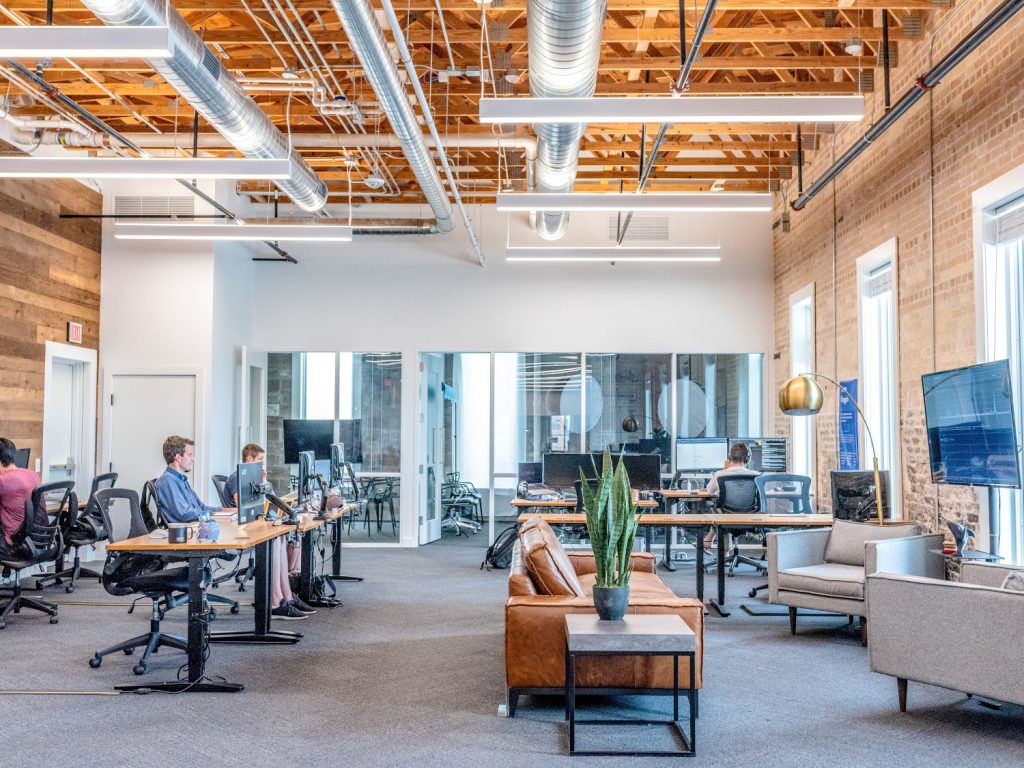Best practices for implementing your plan.
Digital transformation—or, more broadly, the concept of integrating digital technology into all areas of a business—is a strategy that the corporate and enterprise communities have come to embrace more frequently as the use of technology to connect teams continues to mature. At its most fundamental, digital transformation is the deployment of technology to change the way people do things in order to streamline and create efficiencies. It’s happening globally, and profitable organizations are embracing the strategy to stay competitive in today’s market.
Research from IDG states that 89 percent of businesses plan to adopt a digital-first strategy. Interestingly, IDG goes on to claim that only 44 percent of companies have already adopted this approach. That means that, if business owners begin to adopt digital business transformation right now, they’ll still be ahead of about half the world’s other business owners. Although this research was put out ahead of the novel coronavirus (COVID-19) pandemic, the numbers are expected to accelerate as a result of these unprecedented times. No business wants to be caught unprepared for the future of work.
Digital transformation is something that all successful businesses—both large and small—should invest in right now in order to ensure their workplace-technology needs are met in the future. If you’re considering transforming your business processes and culture to be digital-first, the following best practices can help you implement your strategy:
- Put employees and customers first. Let everyone involved in the business have his or her say about digital-transformation decisions. It’s important to ensure that your employees and customers are content and comfortable with the changes you apply, as their contentedness will affect the way they, and you, do business and how your company is represented.
- Leverage digital-savvy employees to be leaders. Team members who have demonstrated know-how as it relates to the digital revolution might be the best employees to lead this organizational change, regardless of their position in the company. Establish a dedicated team of people who can identify problems with the existing processes and aim to address them with technological solutions.
- Analyze and evaluate current procedures. Start by analyzing the efficiency of your current procedures. Then, look at how current strategies and processes can be replaced with a digital-first strategy. Find solutions to meet the needs you identify. Look at how your processes, departments and people are interconnected; your digital-transformation strategy should be built on those links.
- Focus on the workplace of the future. Digital transformation is not just about the present; it’s also about what will happen decades into the future. Make sure you’re preparing not just for what has already happened but also what is still to come and how future events could affect your company. Choosing technology that’s flexible, scalable and futureproof is important if you want to protect your investments for the future.
- Focus on collaboration. AV integration is a key component of digital transformation. It drives a lot of the functionality that brings technology in the workplace to life. It’s essential that organizations implement AV technologies that enhance both internal and external communications. (By external, I’m referring not only to the company’s remote teams beyond its four walls but also to its vendors and partners and other organizations outside the company.) Collaboration, often with remote teams, is a key part of the workplace of the future, and technology is enhancing and enabling the growth of collaboration. Organizations are investing in AV-based digital transformation to drive better results.
- Don’t rush the process, and be flexible in your expectations. Effective digital transformation is as much about time as it is about efficiency. Some implementations could have an immediate effect, whereas others require more thorough consideration. The installation of interactive displays in meeting and huddle rooms, for example, can promptly bring about improvements in workplace efficiency. Interactive displays can facilitate multi-platform meetings, allowing people in the room to liaise and collaborate with other workers at other sites effortlessly, while also allowing collaboration with freelancers who work from home. This widens your company’s talent pool and improves team efficiency considerably, ensuring that everyone can productively work as a team. Other changes, by contrast, take longer or entail necessary adjustments once implemented to maximize their efficacy.
Digital transformation of the workplace is happening right now. Businesses all over the globe are starting to invest more resources in technology, and they’re reaping the resulting benefits. Companies actively pursuing a digital-transformation strategy are ahead of the pack, and they’ll remain ahead now and in the years to come.
For more from Sound & Communications, click here.
